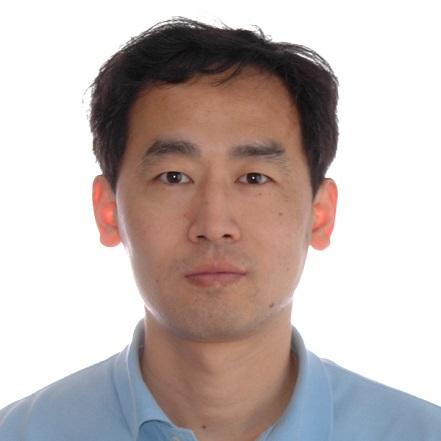
kun zhao
Professor
Gender:Male
Date of Employment:2018-06-08
Hits:
Journal:Proc. Natl. Acad. Sci. USA
All the Authors:C. K. Lee, J. D. Anda, A. E. Baker, R. R. Bennett, Y. Luo, E. Y. Lee, J. A. Keefe, J. S. Helali, J. Ma, Kun Zhao, R. Golestanian, G. A. O'Toole, G. C. L. Wong
First Author:C. K. Lee, J. D. Anda
Indexed by:Unit Twenty Basic Research
Correspondence Author:Kun Zhao, R. Golestanian, G. A. O'Toole, G. C. L. Wong
Document Code:4471-4476
Volume:115
Translation or Not:no
CN No.:null
Pre One:W. Zhang, Y. Ju, Y. Zong, H. Qi*, and Kun Zhao*. “In situ real-time study on dynamics of microbially induced calcium carbonate precipitation at a single-cell level”, Environ. Sci. Technol. 52 (16), 9266-9276 (2018)
Next One:Kun Zhao* and T. G. Mason*. “Shape-designed frustration by local polymorphism in a near-equilibrium colloidal glass”, Proc. Natl. Acad. Sci. USA 112(39), 12063-12068 (2015)
Kun Zhao, Professor, School of Chemical Engineering and Technology, Tianjin University. Dr. Zhao received his Bachelor’s degree in Physics from Beijing University in China and earned his Ph.D. in Condensed Matter Physics at Princeton University. After receiving his doctorate, he trained as a postdoctoral fellow at the University of California, Los Angeles, where he investigated complex pattern formation in two model systems: complex fluids of anisotropic shaped colloids and biofilms. In 2014, he joined Tianjin University as a Professor in the School of Chemical Engineering and Technology.
Mission statement
Our research interests lie at the interface between biology and physics at the mesoscopic scale. The objective of my research is to understand and engineer the behavior of complex matter at this length. Toward this goal, our research is rooted on a multidisciplinary team-work with our group members (and collaborators) from Physics, Chemistry, Microbiology, Mathematics and Engineering. Currently we are studying self-organization in two model complex systems - complex fluids and microbial systems, by tracking particles and microbes using advanced optical microscopy techniques. Our research will have applications in broad areas like fabrication of metamaterial/biomaterial, treatment of bacterial infections, biofouling control, sustainable bioenergy and water remediation.